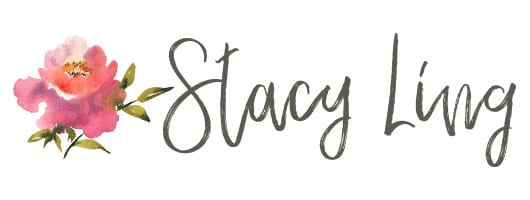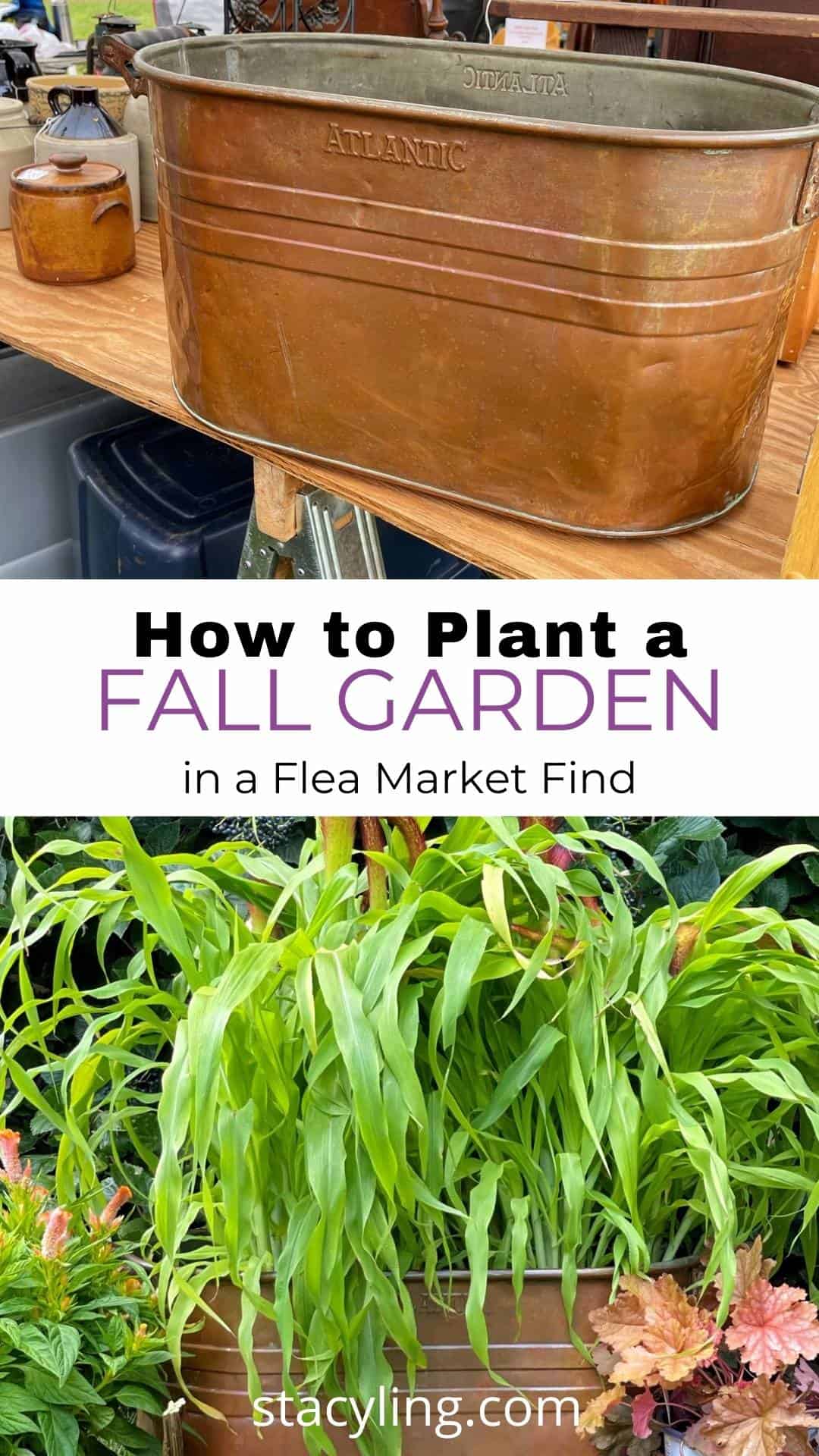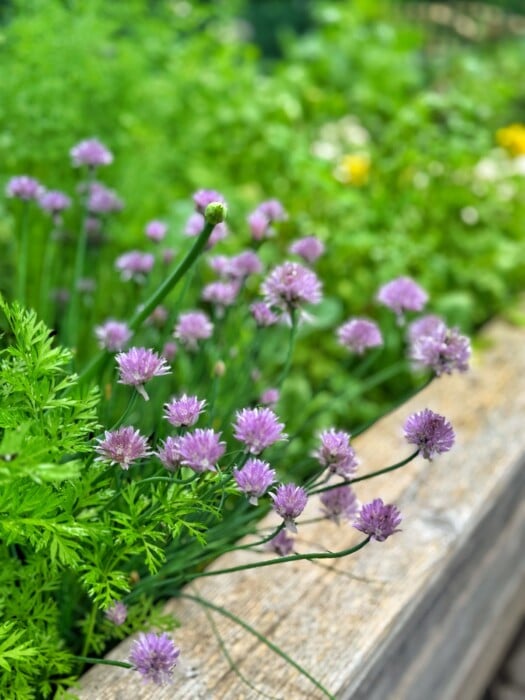Transform a thrifted vintage copper boiler into a gorgeous fall planter! This easy flea market flip idea adds rustic charm to your autumn decor.
Flea market flips have taken the DIY world by storm, offering a creative and sustainable way to breathe new life into forgotten treasures. There’s a unique satisfaction in transforming a thrifted item into a beautiful and functional piece for your home.
Today, we’re embarking on a fall-inspired flea market flip, turning a vintage copper boiler into a charming planter that will add a touch of rustic elegance to your autumn decor.
(Posts on stacyling.com may contain affiliate links. Click HERE for full disclosure.)

Finding the Perfect Flea Market Find
The thrill of the hunt is part of the flea market’s allure. When searching for potential flips, keep an eye out for unique items with interesting shapes, textures, or materials. Vintage copper boilers, with their warm patina and sturdy construction, are ideal candidates for upcycled planters. Look for pieces that are in good condition, with minimal damage or rust.
While thrifting in Vermont over Labor Day weekend, Chris and I stumbled upon my favorite outdoor flea market in Wilmington. It’s a vintage market that’s only open for a few more weeks each year, so we couldn’t miss it! My favorite find was this old copper boiler. Someone had cleaned off the patina, but I love the bright copper look. It’s perfect for fall flowers, and we even thought it could double as a beverage bucket for parties!
This copper boiler was a fantastic find, and I knew it had potential beyond just being a planter. Its versatility makes it even more appealing for a flea market flip!

Preparing the Copper Boiler
Once you’ve found your treasure, it’s time to prepare it for its new life as a planter.
Cleaning
Start by giving the boiler a thorough cleaning with warm soapy water and a soft cloth. If there’s any stubborn grime, you can use a gentle scrubbing brush or a paste of baking soda and water.
Deciding on Drainage
- If you plan to plant directly in the boiler, you’ll need to drill drainage holes in the bottom to allow excess water to escape. This prevents root rot and keeps your plants healthy.
- If you prefer to use the boiler as a decorative container for potted plants, drilling holes is optional.

Choosing the Right Fall Plants for Your Flea Market Flip
Fall offers a beautiful array of plants perfect for container gardening. When selecting plants for your copper boiler, consider the size and shape of the container, as well as the amount of sunlight it will receive. Here are a few fall favorites that thrive in planters:
- pansies
- celosia
- chrysanthemums
- snapdragons
- zinnias
- kale
- millet
- ornamental grass
- calamint
- creeping Jenny
- marigolds
- heucheras
- sedum autumn joy
- and so many more!
Remember to choose plants with similar sunlight and watering needs to ensure they thrive together in your copper boiler planter.

Planting and Styling Your Flea Market Flip
Now comes the fun part – bringing your vision to life!
Supplies Needed
- Flea Market Find (like a vintage copper boiler)
- Fall Flowers or Plants
- Pots, Containers or Risers to Raise Up the Flowers (if not planting directly)
- Drill (optional if planting directly)
- Potting Soil (optional if planting directly)

Directions
- If planting directly in the boiler, drill drainage holes in the bottom.
- Fill the boiler with fresh potting soil, leaving some space at the top for watering.
- If using pots or risers, arrange them inside the boiler to create varying heights and visual interest.
- Carefully remove your chosen plants from their nursery pots and place them in the boiler or on the risers.
- Fill in any gaps with additional potting soil and gently firm the soil around the plants.
- Water thoroughly and enjoy your beautiful fall planter!
Get creative with your styling! Consider adding decorative elements like moss, twigs, or small pumpkins to enhance the autumnal feel.

Caring for Your Fall Planter
To keep your planter looking its best throughout the fall season, follow these care tips:
- Watering: Check the soil moisture regularly and water when the top inch feels dry. Avoid overwatering, as this can lead to root rot.
- Fertilizing: Use a balanced liquid fertilizer every few weeks to encourage healthy growth and blooms.
- Pest and Disease Control: Keep an eye out for pests and diseases, and address any issues promptly.
- Protecting from Harsh Weather: If temperatures drop significantly, consider moving your planter to a sheltered location or covering it with a frost blanket.
If you merely placed plants inside the container instead of planting directly, you’ll want to follow these same tips, but check on the plants more often to ensure they aren’t drying out. One downside of setting plants in containers rather than planting them directly is that they tend to dry out a little quicker. You can use the finger test or a soil moisture meter to check if your plants need watering.

Fall Planter Troubleshooting Tips
Even with the best care, you may encounter some challenges along the way. Here are a few common issues and how to address them:
- Drainage Problems: If water is pooling in the bottom of your planter, it’s likely due to inadequate drainage. Make sure you’ve drilled enough holes in the bottom of the boiler or consider repotting your plants into containers with better drainage.
- Root Rot: This fungal disease can occur when plants are overwatered or the soil doesn’t drain properly. Symptoms include wilting, yellowing leaves, and a foul odor. If you suspect root rot, remove the affected plants and replace the soil.
- Pests: Aphids, spider mites, and other pests can sometimes infest container plants. If you notice any signs of pests, treat them promptly with an insecticidal soap or neem oil.
More Flea Market Flip Inspiration
The possibilities for flea market flips are endless! Here are a few more ideas to spark your creativity:
- Repurpose an old toolbox into a charming rustic fall centerpiece. Click here to get the DIY.
- Turn a vintage baby stroller into a beautiful flower planter for your porch. Read more here for the DIY.
- Upcycle a weathered wooden crate into a rustic window box.

Final Thoughts on Planting in a Flea Market Flip
With a little imagination and effort, you can transform flea market finds into stunning additions to your home and garden. This fall, embrace the spirit of upcycling and create a beautiful planter that reflects your unique style.
Don’t be afraid to experiment and have fun with your flea market flips! Think outside the box and the you’ll discover the most interesting planters that showcase your personality and creativity.
I’d love to see your flea market flip creations! Please leave a comment below and send me a pic of your designs! Happy flipping!
Do you have a great thrift flip idea you’d like to share? I would love to know more in the comments below.
For more flea market flipping ideas, see this article from HGTV.
Thank you so much for following along.
Enjoy a beautiful day! xo











